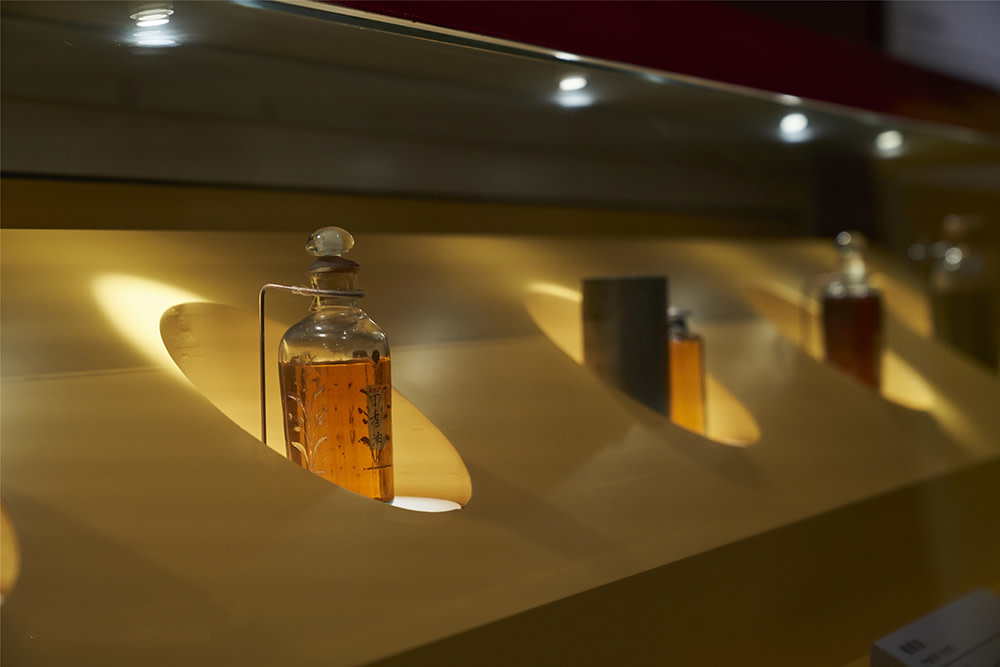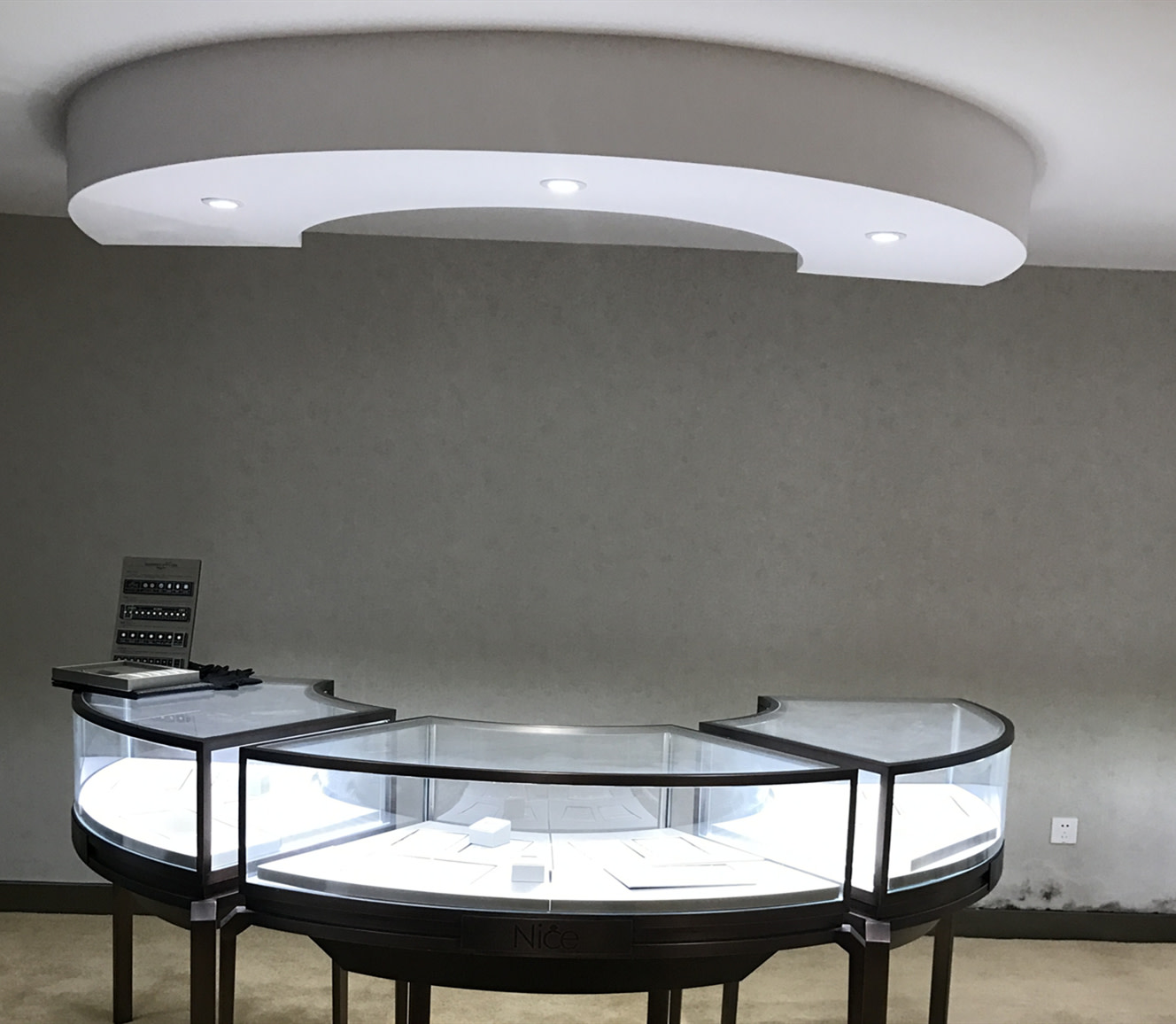Are you still importing expensive finished products from brand owners in the era of the LED lighting? To gain profit in the technically mature LED market, it is important to know more about the expertise and find a reliable supplier in order to have more options. There are many different types of LED products. And COB light source, as one of the technologies in LED, is widely used in LED product series, such as downlight, spotlight, etc. For such a basic light source technology, you may not know enough about it.
Introduction to COB and the Difference Between SMD and COB
The COB light source is often mentioned together with the SMD light source. Apart from the difference in appearance between the two, what other differences do you know about them?
COB light source (Chip on board) adopts the integration of multiple chips on a metal substrate, with a conductive or non-conductive adhesive package. COB package uses small power chips to create high-power LED beads through the integration of high luminous efficiency technology, forming a uniform light-emitting surface. This increases the luminous efficiency and improves the glare problem that other light sources can have.
SMD light source (Surface mounted devices) is a type of multi-point light source. Using surface mount technology, multiple separate LED beads are attached to a PCB plate and then packaged in multiple steps. The luminous angle is large and can reach 120-160 degrees. The light spot has a bright spot in the middle and a halo at the outer edge, and the light spot transition is uneven. However, individual beads can be repaired and maintenance costs are low.
There is no absolute advantage or disadvantage between the two light sources, but it depends more on the lighting requirements of the place of use. For example, in the exhibition hall some cultural relics, paintings, decorative statues, etc. need to be clearly seen the surface details of the illuminated objects, and usually COB series lamps are preferred. In the case of jewellery, wine cabinets, glass showcases and other such multi-faceted reflective objects, the use of SMD light sources to disperse the advantages of the light refraction effect can make the objects look more dazzling.


Two Types of COB Technology
a. Front-mounted technology
The front-mounted is a relatively old technology used in COB light sources. Chips are connected by the gold wire. The electrodes and wires are in the light surface, and the gold wire will affect the LED chip light angle. In the using process, thermal conductivity of the gold wire leads to a rise in the surrounding temperature, and then the gold wire is easy to break, causing bad lights.
b. Flip-mounted technology
Flip-mounted is a process relative to the traditional gold wire connection method. The front mount is connected by gold wire, with the electrode side of the chip connected to the substrate facing upwards, while the electrode side of the flip-mounted faces downwards, which is equivalent to flipping the former over, with the chip no longer connected by gold wire, but by layers of copper foil underneath. The heat dissipation is better and there are no broken connections, resulting in longer service life.
Although COB flip-mounted technology is less expensive and has a higher temperature resistance than front-mounted technology, the lumen amount under flip-mounted technology is much lower than that of front-mounted technology, and it would require considerable expenditure to achieve the same light efficiency with flip-mounted technology. This is also the reason why flip-mounted technology is not yet widely used.
The Advantages of COB Light Source
a. High efficiency and low cost
COB package omits two major processes: LED chip production into the lamp beads and reflow soldering . The chip is assembled directly onto the PCB substrate, making the process easier and more efficient at a lower cost. In the same function of the lighting system, it is expected to reduce the cost of the light source by about 30%.
b. High light quality
Due to the dense arrangement of multiple LED chips in a small area, the light formed is more concentrated and uniform, and the light-emitting point will produce a bright feeling that the human eye cannot adapt to (direct glare), so COB lamps are usually equipped with reflectors, which can effectively prevent the glare phenomenon, and the brightness is soft and non-blinding, suitable for long time using.
c. Advantages of low thermal resistance
Although the small chip arrangement of COB light source is dense and heat-generated, packaging glue absorbs light, heat superimposes and the internal heat of the lamp body gathers quickly, the COB package simplifies the process, which can achieve heat dissipation only through the "chip - solid crystal glue - aluminium". Compared to SMD heat dissipation, it needs to go through the "chip - solid crystal glue - solder joint - solder paste - copper foil - insulation layer - aluminium". Thus, COB light source has a lower thermal resistance.
d. Wide range of applications
COB packaging technology does not have the limitation of the size of the metal substrate, and can achieve a smaller point distance arrangement. According to the shape of the product structure design and considering light source area and shape size, it can be freely matched and combined to form a variety of LED luminaires.
e. More durable
COB light source precision packaging process, so that the heat of chips can be fully dissipated, to ensure the quality of the chip and extend its life. There are fewer bad lights, better stability, better anti-shake performance, and also minor collisions will not lead to large areas of broken lights.
COB integrated light source has high luminous efficiency, low cost, good heat dissipation, wide application, long service life and many other advantages. The application of the two technologies makes COB light source become one of the mainstream LED lighting light sources, multiplying a series of products such as LED downlight, LED spotlight, LED ceiling light. More information about the application of COB light sources and the characteristics of other light sources will be continuously updated!